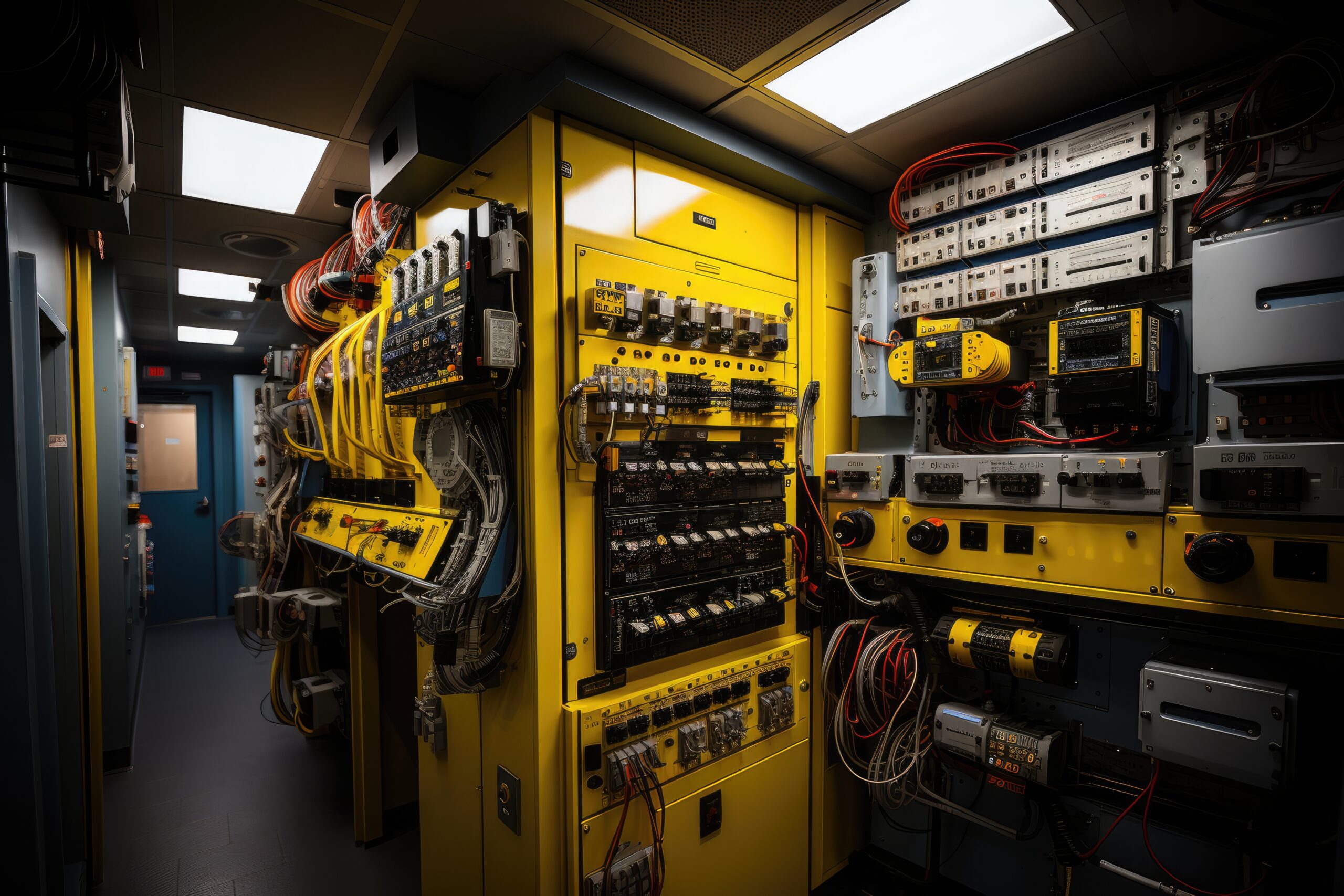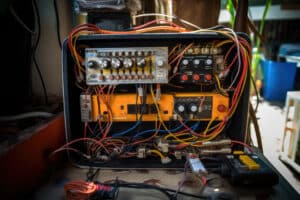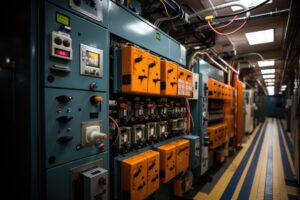What Does “Transfer Switch Ready” Mean on a Generator?
Key Takeaways
- Being “transfer switch ready” means that the generator is designed to seamlessly integrate with a transfer switch
- Being “transfer switch ready” simplifies the installation process and eliminates the need for multiple extension cords
- Being “transfer switch ready” enhances the safety of your backup power system by minimizing the risk of improper connections and potential electrical hazards
If you’ve ever looked into purchasing a generator, you may have come across the term “transfer switch ready.” But what exactly does it mean? In this article, we will delve into the concept of a transfer switch and explore why it is important for a generator to be “transfer switch ready.”
Understanding Transfer Switches
A transfer switch is a device that allows you to safely connect a generator to your home’s electrical system. It acts as a bridge between the generator and the power grid, ensuring that your home is only ever energized by one power source at a time – either the generator or the grid. This is crucial to prevent dangerous backfeeding and ensures the safety of both your household and utility-company workers.
During a power outage, a transfer switch transfers your home’s power circuit from the main electrical grid to the generator. This enables the generator to power your home’s appliances and essential systems, providing backup electricity until the grid power is restored. Without a transfer switch, you would need to rely on multiple extension cords to connect individual appliances to the generator, which can be inconvenient and potentially hazardous.
Manual vs. Automatic Transfer Switches
Transfer switches come in two main types: manual and automatic. The choice between the two depends on your specific needs and the amount of power you require.
A manual transfer switch requires you to physically switch between the generator and grid power. This means you need to be present to operate the switch during a power outage. Manual transfer switches are often more affordable and are suitable for smaller generators and homes with fewer essential circuits.
On the other hand, automatic transfer switches are designed to sense power loss automatically and switch to generator power without any manual intervention. These switches are typically more expensive but offer convenience and peace of mind, especially for larger generators and homes with numerous essential circuits.
The Importance of Being “Transfer Switch Ready”
Now that we understand what transfer switches are, let’s explore why it is important for a generator to be “transfer switch ready.”
First and foremost, being “transfer switch ready” means that the generator is designed to seamlessly integrate with a transfer switch. It indicates that the generator has the necessary features and wiring connections to work effectively and safely with a transfer switch.
When a generator is “transfer switch ready,” it simplifies the installation process. The generator can be easily connected to the transfer switch, which is typically installed beside the fuse box. The transfer switch is then hardwired to the circuits in your home that need to be powered during an emergency. This eliminates the need for multiple extension cords and ensures a clean and reliable connection between the generator and your home’s electrical system.
Furthermore, being “transfer switch ready” enhances the safety of your backup power system. It minimizes the risk of improper connections and potential electrical hazards that can occur when using extension cords. With a transfer switch, the generator is isolated from the power grid, reducing the chances of backfeeding and protecting utility-company workers from potential electrocution.
Conclusion
In conclusion, being “transfer switch ready” on a generator means that it is designed to work seamlessly with a transfer switch. This feature simplifies the installation process, enhances the safety of your backup power system, and provides convenience during power outages. Whether you opt for a manual or automatic transfer switch, ensuring that your generator is “transfer switch ready” is essential for a reliable and efficient backup power solution.
Related Websites:
FAQs:
Q: What does ‘transfer switch ready’ mean on a generator?
When a generator is labeled as ‘transfer switch ready,’ it means that it is compatible with a transfer switch. This feature allows for a seamless and safe transition of power from the utility grid to the generator during an outage.
Q: Why do I need a transfer switch when using a generator?
A transfer switch is essential when using a generator because it ensures the safe and efficient transfer of power. It prevents backfeeding, which can be dangerous to utility workers, and it allows you to easily switch between utility power and generator power without any manual rewiring.
Q: What are the benefits of choosing a generator labeled as ‘transfer switch ready’?
Choosing a generator labeled as ‘transfer switch ready’ offers several benefits. Firstly, it guarantees compatibility with a transfer switch, making installation easier. Secondly, it ensures a seamless transition of power during outages, providing uninterrupted electricity to your home or business. Lastly, it enhances safety by preventing backfeeding and protecting utility workers.
Q: What factors should I consider when selecting a ‘transfer switch ready’ generator?
When selecting a ‘transfer switch ready’ generator, consider compatibility with specific transfer switch models. Additionally, evaluate the power capacity and load management options to ensure it meets your needs. Finally, consider cost considerations and budgeting to find the right generator within your price range.
Q: How do I install and set up a ‘transfer switch ready’ generator?
To install and set up a ‘transfer switch ready’ generator, it is recommended to seek professional assistance due to electrical complexities. They will ensure safety precautions are followed. The generator is connected to the transfer switch through a designated electrical panel, allowing for seamless power transfer during outages.






